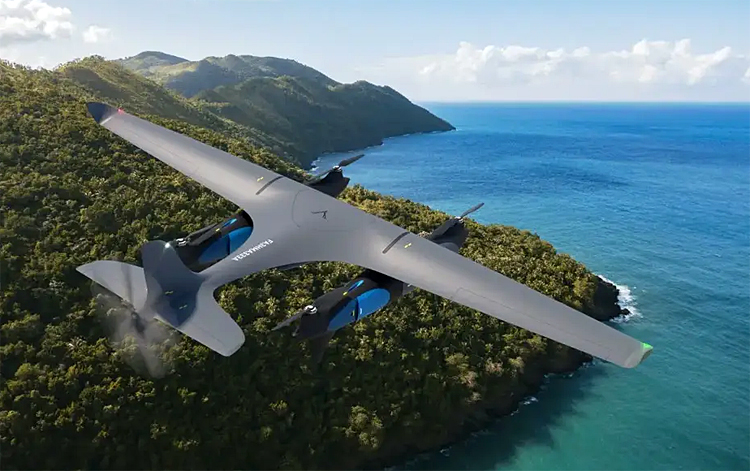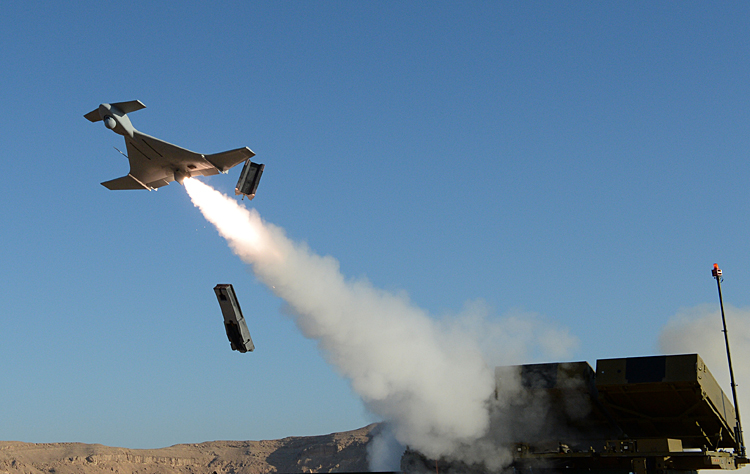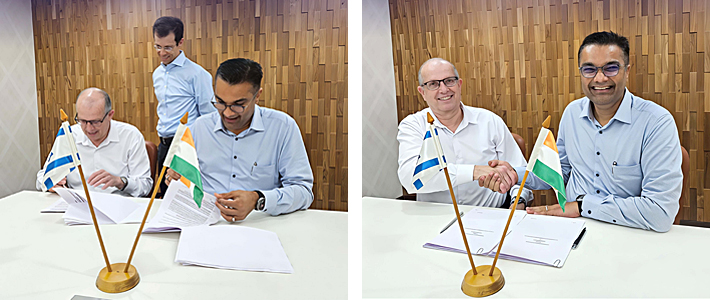INDIAN ARMED FORCES CHIEFS ON OUR RELENTLESS AND FOCUSED PUBLISHING EFFORTS

The insightful articles, inspiring narrations and analytical perspectives presented by the Editorial Team, establish an alluring connect with the reader. My compliments and best wishes to SP Guide Publications.

"Over the past 60 years, the growth of SP Guide Publications has mirrored the rising stature of Indian Navy. Its well-researched and informative magazines on Defence and Aerospace sector have served to shape an educated opinion of our military personnel, policy makers and the public alike. I wish SP's Publication team continued success, fair winds and following seas in all future endeavour!"

Since, its inception in 1964, SP Guide Publications has consistently demonstrated commitment to high-quality journalism in the aerospace and defence sectors, earning a well-deserved reputation as Asia's largest media house in this domain. I wish SP Guide Publications continued success in its pursuit of excellence.
- Appointments Committee of Cabinet approves one-month extension in service of Chief of the Army Staff
- Prime Minister witnesses 'Bharat Shakti' – a Tri-Services Firing and Manoeuvre Exercise in Pokhran, Rajasthan
- Interim Defence Budget 2024-25 — An Analysis
- Union Defence budget 2024
- Indian Army: In quest of greater firepower and policy recommendations for gaps
- Indian Army Annual Press Conference 2024
- Tata Boeing Aerospace Delivers 250 AH-64 Apache Fuselages, Manufactured in India
Make-in-India Hydrogen Drone
This hydrogen drone, a joint venture between Paras Defence & Space Technologies and HevenDrones, an Israeli subsidiary of the US-based Heven, under Make-in-India is ready for immediate deployment
 |
The Author is Former Director General of Information Systems and A Special Forces Veteran, Indian Army |

In the recent Indian Armed Forces Operation 'Sindoor' against Pakistan, kamikaze drones or loitering munitions played a crucial role in effectively decimating targets in Pakistan with pinpoint accuracy. The HAROP kamikaze drones (described as "King of the Battlefield"), manufactured by Israeli Aerospace Industries (IAI) and marketed in India by Adani Defence, were prominently used. HAROP drones are a hybrid between a drone and a missile, capable of autonomous recon, target identification, and lethal strikes, all without prior intelligence inputs. The HAROP is a surveillance tool as well as a weapon because of its real-time intelligence capabilities and built-in explosive payload. Once launched from a sealed canister mounted on a ground or naval platform, the drone can loiter over an area for up to nine hours. If no target is identified, it can return safely, allowing for reuse under certain conditions. When a target is confirmed (like a radar installation, command centre or air defence system), the drone dives into it, destroying the object with its 23-kg warhead.
In the recent Indian Armed Forces Operation 'Sindoor' against Pakistan, kamikaze drones or loitering munitions played a crucial role in effectively decimating targets in Pakistan with pinpoint accuracy.
The specifications of HAROP include -
- Endurance – up to 9 hours;
- Operational Range – up to 1,000 km (standoff launch);
- Warhead – 23 kg;
- Launch Platform – ground vehicles, naval vessels (sealed canisters);
- Navigation – GNCC-resistant systems;
- Sensors – EO/IR/FLIR/CCD camera (anti-radar homing).

The HAROP features a "man-in-the-loop" control system. Operators monitor its flight and targeting in real time via a two-way data link, allowing them to abort or reassign missions mid-flight. This flexibility helps reduce the risk of collateral damage, particularly in urban or sensitive environments.
The HAROP kamikaze drones, manufactured by Israeli Aerospace Industries (IAI) were prominently used
The SkyStriker kamikaze drones were also effectively employed in Operation 'Sindoor'. The SkyStrikers are the product of a joint venture between Alpha Design Technologies, headquartered in Bengaluru, and Israel's Elbit Systems. Each SkyStriker drone is equipped with either a 5 kg or 10 kg warhead, and has a range of up to 100 km. The electric propulsion system ensures a minimal acoustic footprint, enabling silent and covert operations even at low altitudes. Their autonomous navigation and precision-guidance system allow them to strike like a missile while being harder to detect or intercept. The SkyStriker is a cost-effective, next-generation weapon that improves situational awareness, survivability, and accuracy for troops, especially during special forces operations. These drones enable direct-fire aerial attacks on high-value targets without risking soldiers' lives. Elbit Systems describes the drone as behaving like a UAV but striking with the precision and surprise of a missile. "As a silent, invisible, and surprise attacker, SkyStriker delivers the utmost in precision and reliability, offering a critical edge in modern warfare."

The SkyStriker is a cost-effective, next-generation weapon that improves situational awareness, survivability, and accuracy for troops, especially during special forces operations
Now news reports of May 11, 2025 have stated that the hydrogen drone under Make-in-India is ready for immediate deployment. This hydrogen drone is a joint venture between Paras Defence & Space Technologies and HevenDrones, an Israeli subsidiary of the US-based Heven, known for its autonomous, hydrogen-fuelled and mission-specific drones. The JV is dedicated to designing, manufacturing, and supplying next-generation drone systems tailored for India's defence and homeland security requirements, with future plans to address global markets.

These hydrogen drones are specifically designed to close gaps in persistent aerial visibility, especially across vulnerable border regions
According to Munjal Sharad Shah, Managing Director of Paras Defence, the new hydrogen-powered drones are a direct response to evolving security needs. These drones have already been tested on Israel's volatile borders and have proven operational reliability. Key features of these hydrogen drones include: Extended Endurance - capable of staying airborne five times longer than conventional battery-powered drones, greatly enhancing persistent surveillance capabilities; Silent Operation - near-silent functioning makes them ideal for covert, round-the-clock monitoring; High-Altitude Surveillance - some models can hover at 500 meters, providing continuous oversight of vast and difficult terrains; Advanced Payloads - equipped with stabilised optical payloads, thermal imaging, and wide-area coverage, these drones offer early detection, tracking, and rapid threat assessment-crucial in challenging conditions where human patrols and traditional systems fall short.
With their extended endurance, proven combat reliability, and rapid domestic deployment capability, these hydrogen drones are set to play a pivotal role in enhancing India's border security
These hydrogen drones are specifically designed to close gaps in persistent aerial visibility, especially across vulnerable border regions. Their ability to operate uninterrupted at night and in adverse weather conditions addresses the core issues exposed by recent attacks, such as the lack of continuous monitoring and rapid response. These capabilities are expected to significantly enhance India's ability to detect, track, and neutralise threats before they materialise. While the primary focus is military, these drones are inherently dual-use and can be adapted for civilian applications such as port security, critical infrastructure monitoring, and disaster response, supporting both scalability and cost efficiency. There has been a surge in interest from Indian defence agencies, with discussions for immediate deployment already underway – Paras Defence meets the immediate deployment needs. With their extended endurance, proven combat reliability, and rapid domestic deployment capability, these hydrogen drones are set to play a pivotal role in enhancing India's border security and supporting broader national security objectives.





